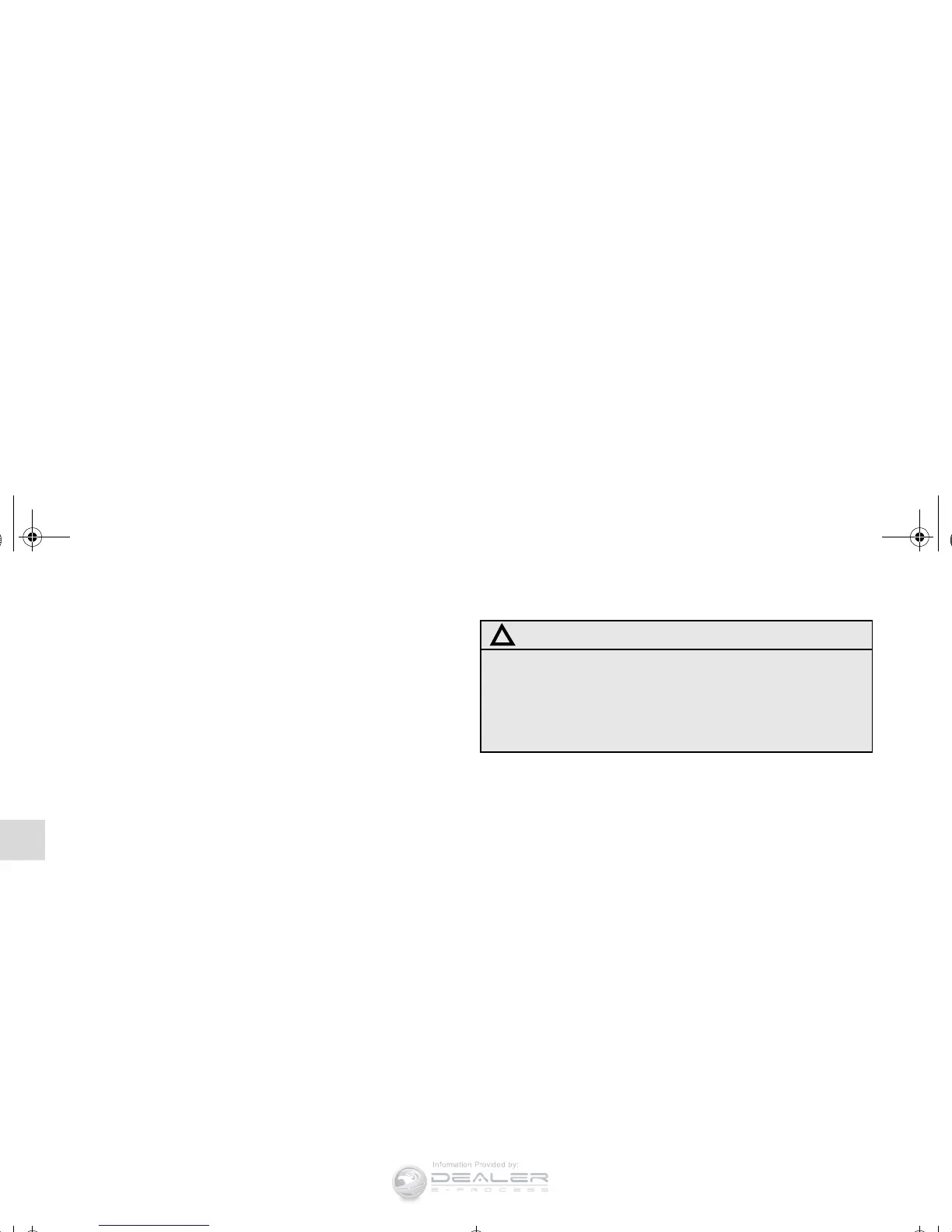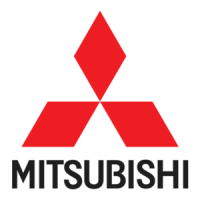
 Loading...
Loading...
Do you have a question about the Mitsubishi ECLIPSE 2011 and is the answer not in the manual?
| Brand | Mitsubishi |
|---|---|
| Model | ECLIPSE 2011 |
| Category | Automobile |
| Language | English |
Details the instruments and controls located in the driver's area of the vehicle.
Details the instruments and controls located on the vehicle's instrument panel.
Details the instruments and controls located on the vehicle's floor console.
Details the features and controls located in the cargo area of the vehicle.
Information on selecting the correct fuel for the vehicle and its implications.
Discusses the risks and warranty implications of modifying the vehicle or participating in racing.
Information on front and rear seats, including adjustment procedures.
Instructions and safety information for proper seat belt usage.
Details the SRS system, including air bags, their operation, and safety precautions.
Information about the vehicle's keys and their functions.
How to use the keyless entry system for locking, unlocking, and alarm functions.
Instructions for operating the electric convertible top, including safety warnings.
Information on operating the cruise control system for maintaining speed.
Critical safety information about the dangers of driving under the influence.
Information on brake system operation, and precautions for wet or cold conditions.
Guidance on vehicle load limits, occupant distribution, and cargo.
General safety precautions and recommendations for vehicle maintenance.
Procedures for checking and refilling engine oil, and replacing the oil filter.
Information on tire grades, pressure, maintenance, and replacement.
Information on fuse block locations and replacement procedures.
How to report safety defects to NHTSA and Transport Canada.
Essential information and procedures to follow in the event of a vehicle accident.
Location and importance of vehicle identification and emission labels.
Key technical details about the vehicle's engine.
Specifications for tires and wheels, including size and fitment.
Lists the fluid capacities and lubricants required for the vehicle.











